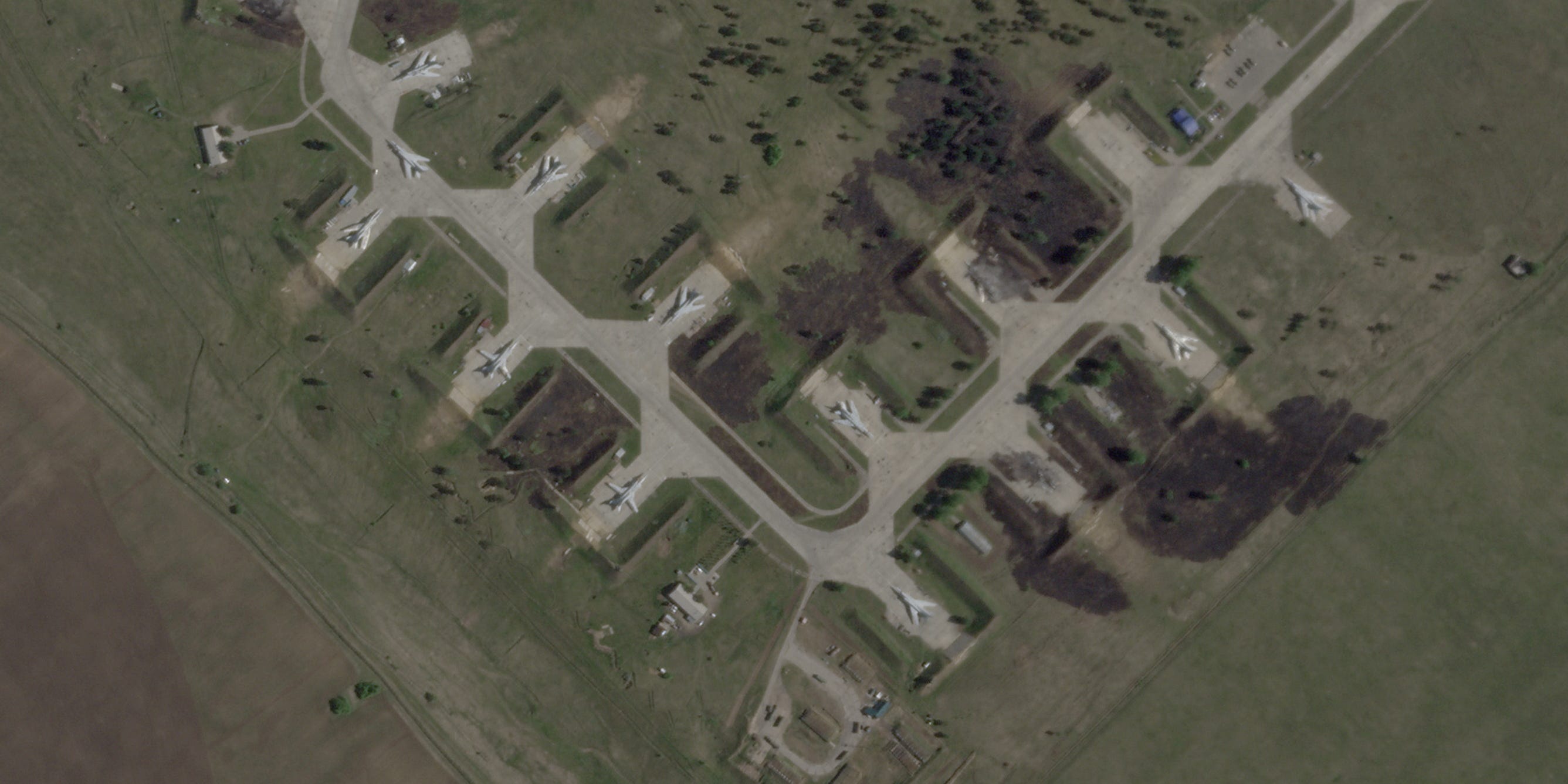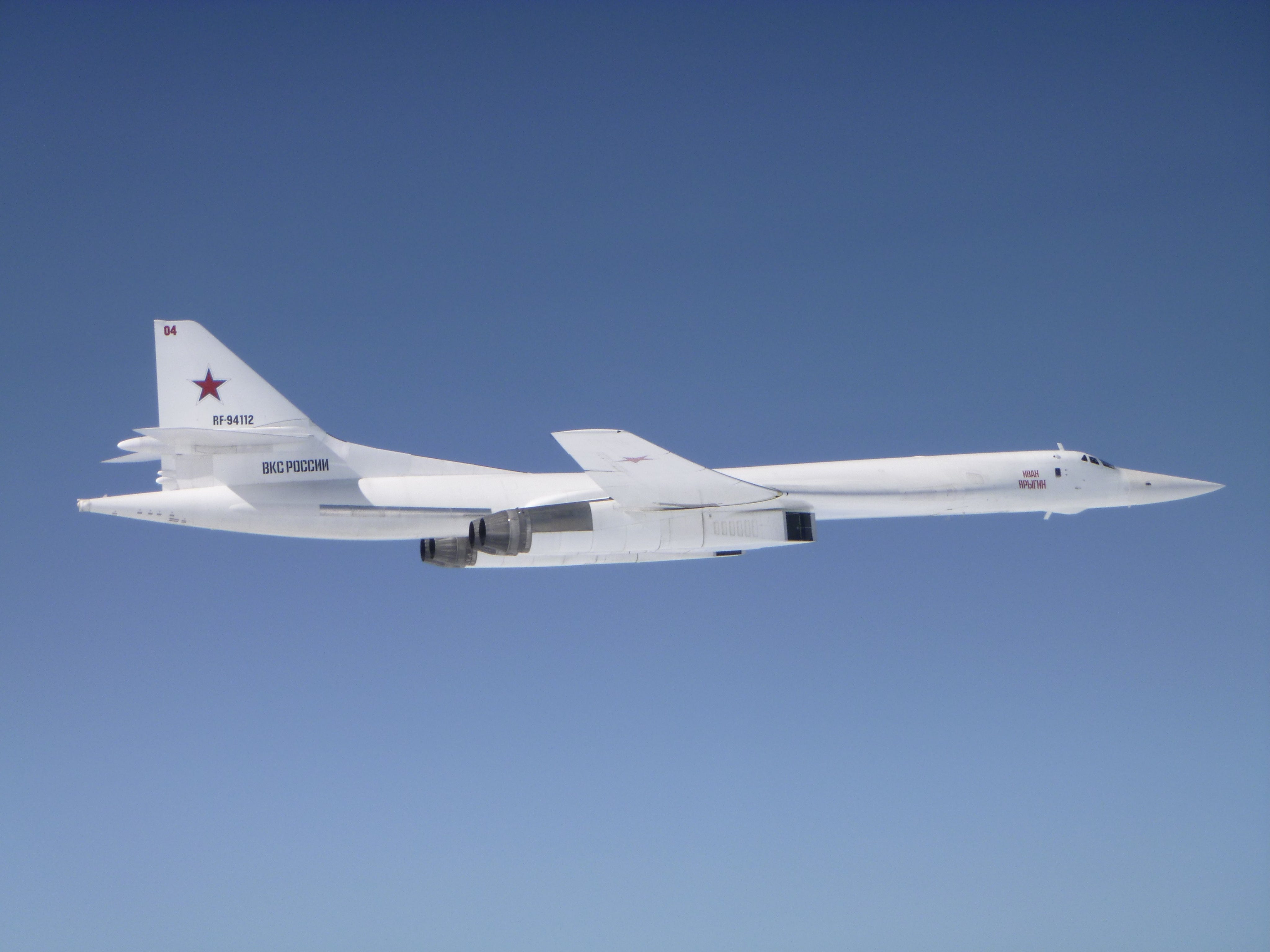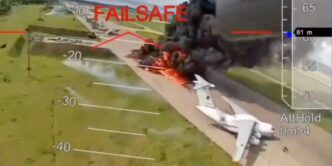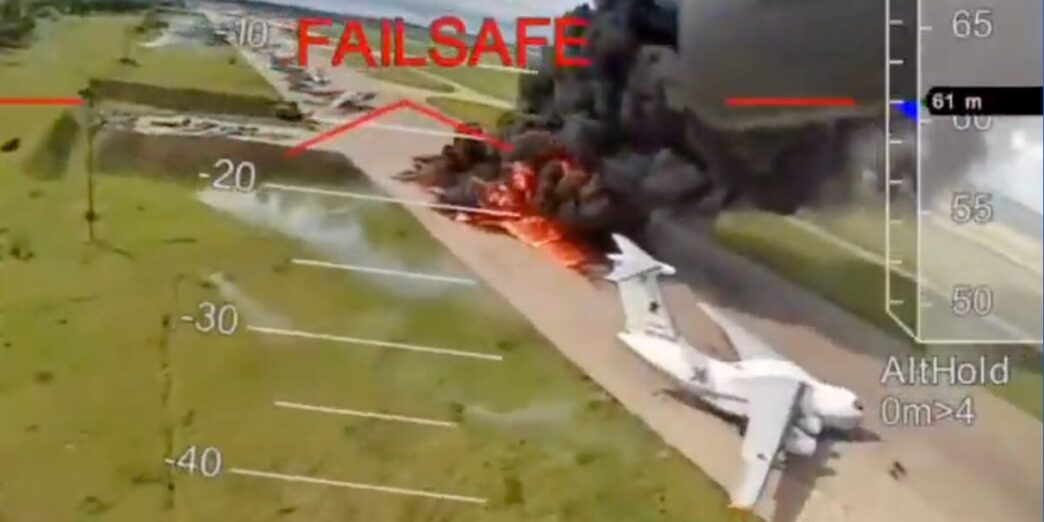Ukraine’s drones used AI to find targets after losing signal in massive strike on Russian airbases
Ukraine’s Security Service (SBU) revealed some of the attack drones in Sunday’s assault hit Russian aircraft by switching to AI when they lost human signal. The drones followed pre-planned routes, identified targets, and detonated warheads automatically.
The SBU said the operation combined “artificial intelligence algorithms and manual operator intervention.” They struck 41 Russian planes across four airfields in three time zones, damaging or destroying bombers like the A-50, Tu-95, Tu-22, Tu-160, and tankers including the Il-78.
Satellite images show aircraft wreckage at bases like Belaya in Irkutsk region. Ukraine claims a large share of the targeted planes were “irretrievably destroyed,” with others taking years to repair. Total affected equipment costs exceed $7 billion.
The drones were covertly smuggled into Russia inside containers on trucks. The containers opened remotely to launch drone swarms near the airbases—the first known use of drones launched close to Russian military aircraft. Experts call it a major tactical shift and a glimpse of future warfare.
Mark Cancian, CSIS senior advisor, said the close-range drone launch was unexpected. Drone policy expert James Patton Rogers called it “a window to future war.” Aviation consultant Richard Aboulafia described it as “mind blowing” given the operation scale.
Air power expert Justin Bronk noted even if Ukraine’s damage claims are high, the strike will severely hinder Russia’s cruise missile launches and intelligence capabilities.
Lt. Gen. Vasyl Maliuk, head of the SBU, framed the strike as direct payback for nightly Russian missile attacks.
"The adversary bombed our country almost every night from these aircraft, and today they have felt that retribution is inevitable."
"The enemy thought it could bomb Ukraine and kill Ukrainians endlessly and with impunity. This is not the case. We will respond to russian terror and destroy the enemy everywhere — at sea, in the air and on land."
Ukraine and Russia’s drone warfare continues to evolve fast amid electronic jamming cat-and-mouse battles. AI drones, fiber-optic communication, and GPS-free tech are key breakthroughs.
This strike marks one of the most sophisticated AI-drone operations seen so far and has serious implications for contested airspace battles.
2025 Planet Labs PBC/via REUTERS

2025 Planet Labs PBC/via REUTERS

NATO/ Belgian Air Force














